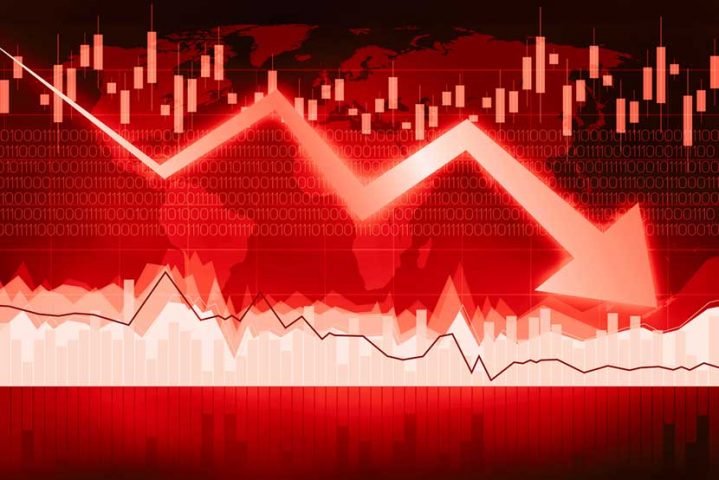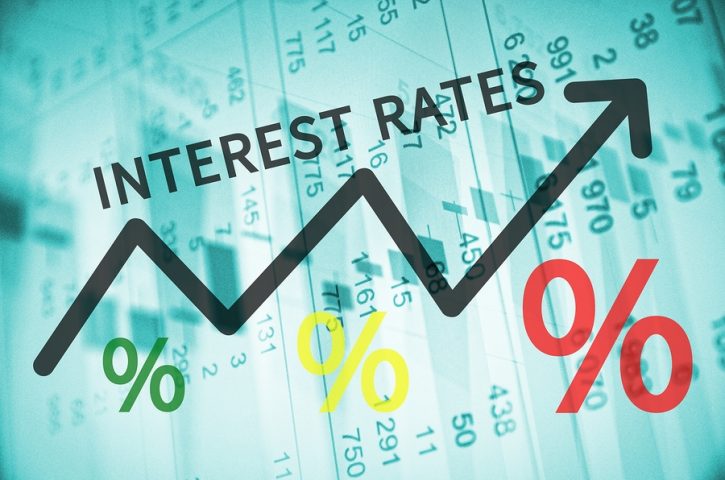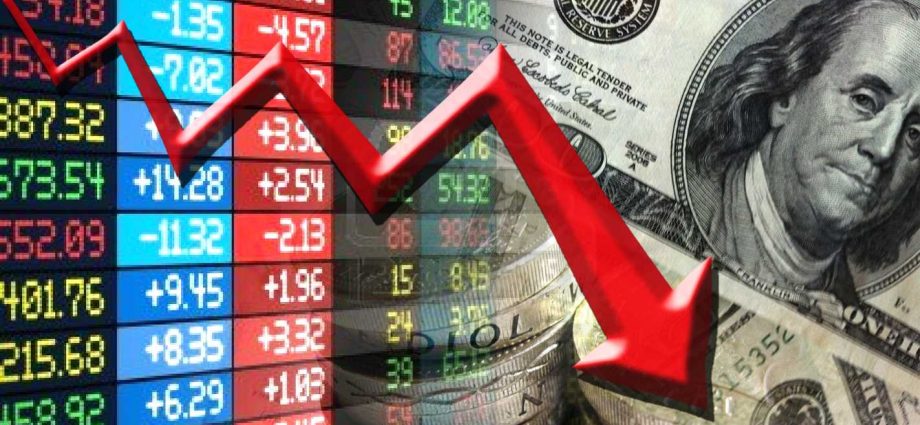Will the recent high profile bank failures spread to other smaller banks?
The current meltdown in the banking sector has released fearful memories from the 2008 financial crisis to re-surface. In that major crisis, some of the biggest banks in U.S. collapsed, damaged by the discovery of sub-prime lending practices that led to enormous government bailouts and a global economic recession.
It could even be compared to the banking problems endured in the 1980s – when the U.S. central bank hiked rates in a hurry – which led to years of bank failures in the U.S. which later became known as the savings and loan crisis. During this rolling crisis it was reported that some 1000 financial institutions (banks) failed.
Crisis, fix, repeat
And here we are again facing a potential repeat of banking governance and regulatory failure. However, analysts suggest they expect the shock will be contained.

But the business world was already concerned about the direction of the economy possibly heading in to recession. Although a recent UK budget is now suggesting the UK will not enter a recession in 2023.
Now the troubles in the banking sector are expected to curb lending. So whatever slowdown was under way is likely to get worse.
Is my money safe?
Savers should have little reason to fear for their funds. The U.S. government safeguards deposits up to $250,000 – and UK protects savings up to £85,000 per person per institution.
Why are banks failing again?
All this is happening against the backdrop of global change – the sharp rise in borrowing costs over the past year as central banks around the world raise interest rates to curb inflationary pressure.

These interest rate hikes contributed to the failure of Silicon Valley Bank, and of Signature Bank in the U.S. Then Credit Suisse joined the problem with other smaller U.S. regional banks following suit.
The rate hikes made it harder for customers to borrow money and left depositors in a state of unexpected panic, forcing them to withdraw their money at a faster pace thus creating a ‘run’ on the bank.
From Zero rates to 5% in a year
But the recent meteoric rise in rates – a massive change after years of extremely low interest rates purposely designed by central banks to fix the original 2008 financial crisis – (and repair the economic damaged caused by the Covid pandemic) – led to a much wider problem, crippling the value of long-term bond investments that banks bought when interest rates were lower.

It has been a quiet slow burn calamity in the making.
So – where now?
Central banks moved quickly with measures to fix the visible financial problem. Some allowed a slight sigh of relief as banking stocks re-gained value. But later Friday stock pressure appeared to mount again and moved south, and this even after multi billion cash injections.
Have central banks done enough, is more help required? For now it appears the remedies are working – but are there other undiscovered financial problems lurking menacingly in the system?
